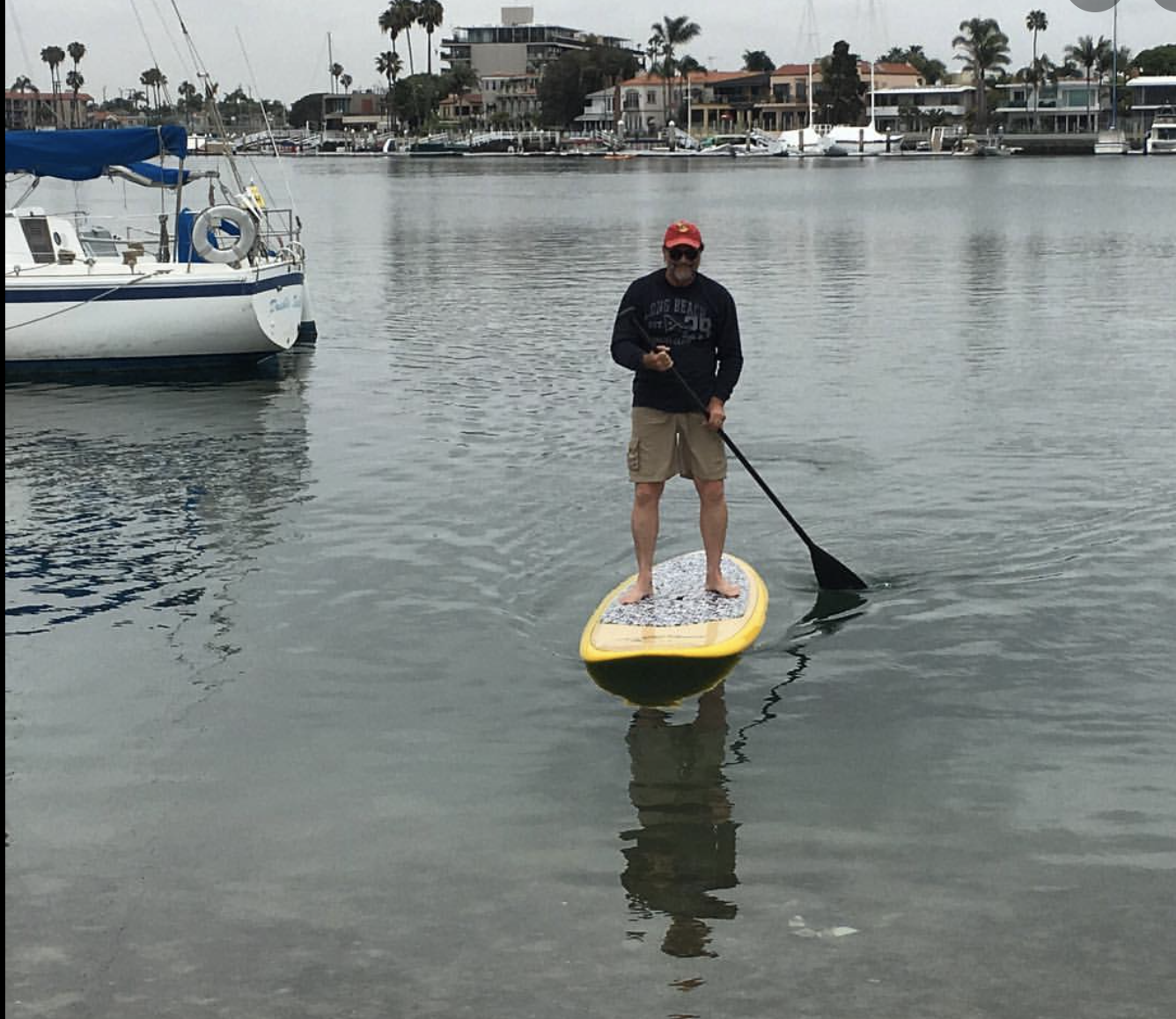 As a winemaker, 66-year-old Gregory Martin was used to physical stress. At his job, he spends most of his time on his feet and works long hours during the harvest season. Last year, Greg’s back pain began radiating throughout his entire lower back and down to his legs. When he noticed that the over-the-counter pain medications stopped working, he knew it was time to see a doctor. Gregory traveled from the wine region in the central coast of California to seek some medical advice.
As a winemaker, 66-year-old Gregory Martin was used to physical stress. At his job, he spends most of his time on his feet and works long hours during the harvest season. Last year, Greg’s back pain began radiating throughout his entire lower back and down to his legs. When he noticed that the over-the-counter pain medications stopped working, he knew it was time to see a doctor. Gregory traveled from the wine region in the central coast of California to seek some medical advice.
“The harvest season can be very physically demanding,” says Martin. “I’ve had a very pleasant experience with Long Beach Medical Center in the past, so I knew when I had back pain, their Spine Center was the place to go.”
When Gregory arrived, he was seen by Amandeep Bhalla, M.D., orthopedic surgeon and medical director at the Spine Center at Long Beach Medical Center. Dr. Bhalla had several visits with Gregory to properly diagnose the conditions that he was describing. After listening to his concerns, he diagnosed Gregory with lumbar spinal stenosis with spondylolisthesis. Lumbar spinal stenosis is the narrowing of the spinal canal which compresses the nerves and causes radiating pain, numbness and difficulty standing or walking. Spondylolisthesis refers to instability which accelerates arthritic changes and contributes to narrowing in the spinal canal and pressure on the nerves.
“The symptoms that Gregory was feeling are common in patients with lumbar spinal stenosis,” says Dr. Bhalla. “He told me it got worse after long periods of walking and was interfering with his activities on the vineyard, a life-long passion of his. We learned that conservative treatment methods were no longer working to manage his pain.”
Dr. Bhalla spoke with Gregory about the different surgical options, including a robotic technology called ExcelsiusGPS. ExcelsiusGPS uses 3D imaging directed by a robotic arm to improve the precision of spine surgery. This system works similarly to a GPS in a car and stores medical images for the surgeon to follow. Long Beach Medical Center is one of the few hospitals in Los Angeles and Orange Counties to offer this advanced technology. Based on Gregory’s condition and after careful discussion, they settled on using ExcelsiusGPS for his surgery.
“Dr. Bhalla was very explicit about the use of robotics for my particular surgery,” says Martin. “I had never heard of it before, but I had confidence that he knew what he was doing.”
After the surgery, the symptoms subsided quickly, and Gregory returned to a higher level of function, where he was physically active on the vineyard.
“I’m excited to see his pain and physical limitations alleviated, and to know he’s returned to the activities he most enjoys,” says Dr. Bhalla. “He is really happy that he came to the Spine Center.”
The Spine Center includes an interdisciplinary team of neurosurgeons, orthopedic spine surgeons, rehabilitation experts and physical therapists. The center focuses on patient education and ensuring that patients have access to the latest technologies and techniques for optimal outcomes.
Various computer-assisted technologies also help to differentiate the surgical capabilities, including intraoperative virtual navigation and robotic-assisted surgery.
Now, Gregory is back to winemaking for this year’s harvest season and spends time fully enjoying his hobbies.
“I am able to get back on my mountain bike or even go paddle boarding without any problems,” says Martin. “I feel 100 percent back to normal and am grateful to have visited Dr. Bhalla and Long Beach Medical Center.”